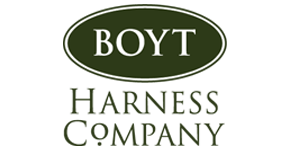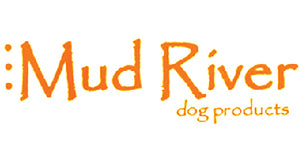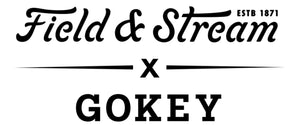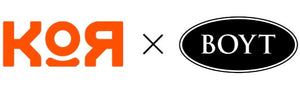Prevention Tips For Keeping Your Canine Parasite Free:
If you find parasites both intriguing and repulsive, I have a unique parasite for you! The cuterebra larva (a.k.a. botfly larva) is a parasite that spends the first half of its life living and growing within the tissues of a mammal. Squirrels, rabbits, and rodents are the primary host for this parasite, but it can infect any mammal that accidentally intakes the eggs or larva - including humans! These nasty little buggers cause a condition known as “warbles”: a lumpy, writhing skin condition which occurs when multiple larva are present under the skin of one animal. Cuterebriasis is enough to make your skin crawl… literally.
Cuterebriasis is relatively benign in most scenarios despite its appearance; symptoms are based on location of the larva. Since larva require oxygen as they grow, a breathing port is necessary through the skin of the host. This can appear as a non-healing infected wound on your pet. Astute pet owners may note a yellow or brown larva inside a pet's chronic wound, but they can be tricky to see in pets with long hair or with crusted over skin sores. A mature larva can be up to 3 centimeters long and look like a chubby caterpillar without legs. Larva that are not physically removed will eventually fall out of a host prior to development into the adult fly stage. This is not the recommended course of treatment, as the larva is highly inflammatory and uncomfortable to the host. Eggs of the Cuterebra are laid in specific locations to aid in the possibility the hatched larva will be able to adhere to a warm host. Eggs are deposited near the entrance to underground burrows or animal dens. Animals that pass by or investigate the animal burrow pick up the larva on their coats. Larva travel to the oral cavity, nose, anus, open wounds, or are accidentally ingested by the mammal, then migrate through the body and encyst at a location just under the skin- usually in the neck, chest, or face areas. Abnormal parasite migration can occur, such as when a cuterebra larva enters the central nervous system, respiratory tract, or ocular tissue.
Symptoms from these migrations can have more severe consequences including vision loss, seizures, hearing loss, head tilt, incoordination, chronic respiratory signs, behavior changes, and death. No known medications prevent this particular parasitic infestation. Surgical removal of the parasitic larva is advised; please do not try this at home, as partial removal of larva (i.e. the parasite breaks in pieces while still in the pet) can lead to severe allergic reactions and a persistent irritation of the skin. The wound created by cuterebra larva must be cleaned thoroughly and left open to drain and heal by scar production. Most pets benefit from antibiotics and anti-inflammatory meds to treat secondary infection and inflammation. Infestation in mammals occurs during summer and fall months (following the normal life cycle of the cuterebra) throughout North America.
You can help prevent infestation by keeping your yard free of rodent or rabbit burrows. Bring pets in for a veterinary exam if warble-like lesions or suspicious non-healing wounds appear on the neck and head area. Remember, this opportunistic parasite does not discriminate; Visit a physician ASAP if you notice this type of lesion on yourself or a family member.
### Amanda Burow, D.V.M. (Dr. B), is a graduate of Iowa State University’s College of Veterinary Medicine. Dr. Burow’s patient list includes hunting dogs of all varieties, as well as several field trial dogs and full time sporting guide dogs. In addition to practicing general veterinary medicine, she has special interest in the areas of preventive care, emergency medicine, and dermatology. In her spare time, she enjoys being outdoors and on the lake, staying active, reading, and spending time with family and friends. Mud River is proud to share these tips from Dr. B with our customers. Keep in mind it is best to work with your local veterinarian to determine the needs for your animals.










